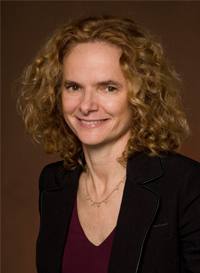Substance Abuse Among Older Adults

The percentage of American 50- to 59-year-olds who reported having abused illicit or prescription drugs during the past year more than doubled, from 2.7 percent to 6.2 percent, between 2002 and 2009. Not coincidentally, by the end of that period baby boomers—the generation born between 1946 and 1964—had filled out that age cohort. Baby boomers' histories of illicit drug use, and their relatively tolerant attitudes toward it, along with the fact that they now comprise nearly 30 percent of the Nation’s population, have raised the stakes on understanding and responding effectively to drug abuse among older adults.
The social and physical changes that accompany aging may well increase vulnerability to drug-related problems. The loss of loved ones, juggling of multiple roles, and retirement or other alterations in employment and income may cause some older people to use illicit drugs as self-medication for anxiety or depression, especially if they have a history of taking drugs to cope. Slowing metabolism can increase sensitivity to the effects of drugs. Furthermore, the effects of drugs of abuse in older adults may be influenced by age-related health conditions and medications—contingencies that are more problematic when patients hide their drug abuse.
Scientists have much to learn about the intersection of drug abuse, aging, and the neurobiological systems that underlie addiction. Basic animal research will be required to describe the impact of drugs on the changing neurochemical balance in the aging brain and trace the combined impact of addictive substances and aging.
We do know that older adults respond at least as well as younger ones to substance abuse therapies. That is why recognizing drug problems in older patients is critical. Clinicians need to be aware of patterns of drug abuse among older people and alert to the possibility that some physical problems of older adults, for example falls and other accidents, may stem from illicit drug use. Primary care physicians have a key role in screening older people for drug abuse and related issues: Although it is not specifically targeted to the aging population, the NIDAMED toolkit can guide doctors in assessing a patient’s risk of developing an addiction problem, advising patients on the health effects of substance abuse, and, if needed, arranging a referral to specialty care. With this age group, as with every other, the goal is to help people live longer, healthier, and more productive lives.


